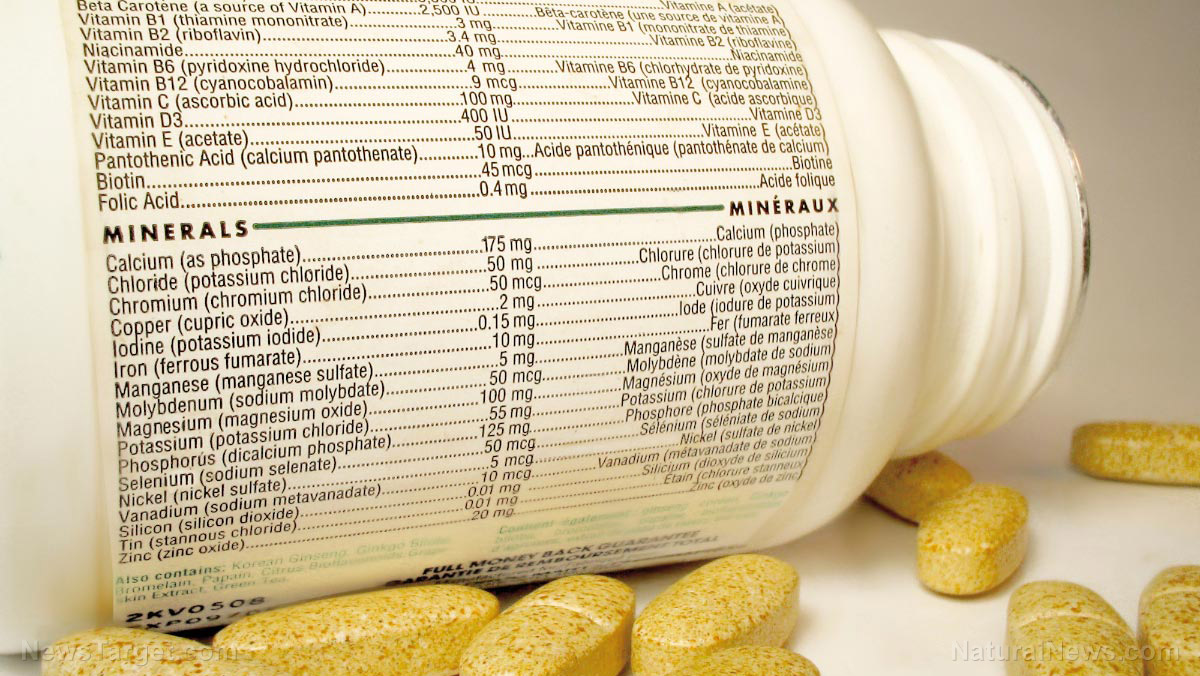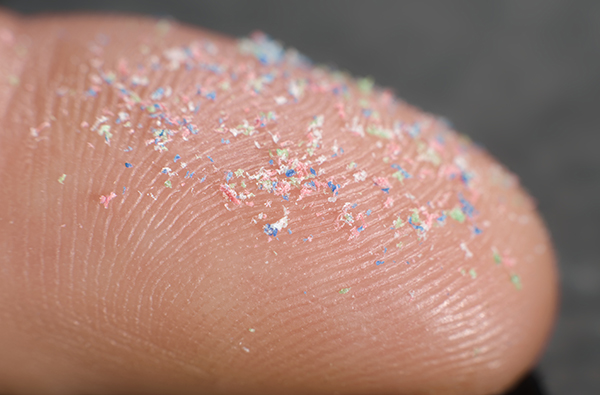Participants recruited for experiment to eat GENE-EDITED TOMATOES as subject of controversial new study in UK
10/14/2025 / By S.D. Wells

A controversial new experiment in the UK has ignited global concern about the future of genetically modified foods. The ViTaL-D Study at the Quadram Institute is recruiting participants to eat soup made from gene-edited tomatoes designed to contain a vitamin D precursor. The stated goal: to test whether these “biofortified” tomatoes can raise blood levels of vitamin D in just 21 days. But critics argue this is not a legitimate safety study—it’s a marketing exercise aimed at normalizing gene-edited foods, despite unknown long-term risks to human health and the environment.
- A marketing experiment disguised as nutrition science: The UK’s ViTaL-D Study is testing gene-edited “vitamin D tomatoes” not for safety, but for short-term efficacy — to see if these modified tomatoes can raise blood vitamin D levels in 21 days. The trial overlooks potential long-term health impacts and serves more as a marketing tool to normalize gene-edited foods.
- A flawed “solution” to vitamin D deficiency: These tomatoes don’t even contain vitamin D3, the biologically active “sunshine vitamin,” but a precursor that must be UVB-activated — a process that requires slicing the tomatoes into 1mm pieces before exposure. This makes them suitable only for processed foods like soup or juice, undermining claims of a natural health innovation.
- Overlooked safety and nutrient risks: Critics warn that gene editing can cause unintended genetic changes (“off-target effects”) and create novel compounds with unknown long-term consequences. Meanwhile, UV treatment itself can degrade vital nutrients such as vitamins A, C, E, K, and B-complex, potentially destroying more nutrition than it adds.
- Natural alternatives make genetic tinkering unnecessary: Proven, non-GMO options for boosting vitamin D already exist — from sunlight exposure and whole foods (wild fish, eggs, mushrooms) to vegan D3 supplements made from algae or lichen. The push for gene-edited produce appears driven more by profit and patent potential than by genuine public health need.
A Misguided Fix for a Manageable Issue
Vitamin D deficiency is indeed a real issue in the UK, affecting roughly one in five people during the darker winter months. However, this condition already has safe, natural, and affordable solutions—such as sunlight exposure, supplementation, and whole foods rich in vitamin D. The gene-editing approach, in contrast, introduces unnecessary risks and complexities to the food system under the guise of “innovation.”
These engineered tomatoes do not even contain the active vitamin D3—the form the human body needs—but rather a precursor that must be converted into D3 through ultraviolet (UVB) light exposure. To make this process work, scientists slice the tomatoes to just one millimeter thick before exposing them to UV light, allowing vitamin D to form only on the exposed surfaces. This means the tomatoes cannot be consumed fresh and must instead be processed into products like soup or juice. Far from promoting natural, whole-food nutrition, the process effectively creates an ultraprocessed product marketed as “functional food.”
The Missing Safety Oversight
The ViTaL-D trial does not evaluate the safety of eating gene-edited tomatoes—it simply measures whether participants’ vitamin D levels increase. Long-term health outcomes, allergic responses, metabolic changes, and other possible effects are not being studied.
Gene-editing technologies like CRISPR have raised concerns about “off-target effects”—unintended mutations elsewhere in the genome that could alter the nutritional profile of foods or introduce new, unpredictable compounds. Such unintentional changes might have allergenic or toxic consequences that won’t appear in short-term studies. Critics argue that rushing such foods to market without comprehensive testing endangers public health while serving the interests of biotech corporations eager to patent their crops.
The Problem with UV Treatment
The process of UV irradiation used to activate vitamin D in the tomatoes raises another set of questions. Studies show that excessive or poorly controlled UV exposure can degrade sensitive nutrients, such as vitamins A, C, E, K, and several B vitamins, while generating free radicals that damage proteins and lipids. In other words, while attempting to “add” one nutrient, the process may destroy others—making the final product less nutritious and potentially harmful over time.
Natural, Proven Alternatives Exist
Ironically, there is no real need for gene-edited tomatoes to address vitamin D deficiency. Vegan-friendly D3 supplements already exist, derived from algae, lichen, or pine trees. Non-vegan D3 supplements made from lanolin (found in sheep’s wool) are also widely available, inexpensive, and backed by decades of safety data. In addition, healthy sun exposure, vitamin D-rich foods (like wild-caught fish, egg yolks, and sun-exposed mushrooms), and nutrient-dense whole-food diets remain the most effective, evidence-based strategies for maintaining optimal vitamin D levels and supporting immune function.
The UK’s gene-edited tomato study reflects a broader, global trend toward deregulating genetically modified and gene-edited foods. The UK government’s recent decision to exclude gene-edited products from GMO labeling requirements means consumers may not even know when they are eating genetically modified foods. This lack of transparency benefits corporations holding patents on gene-edited seeds and ingredients but undermines public trust in food safety and integrity.
The effort to normalize gene-edited foods worldwide is driven less by nutritional necessity and more by commercial opportunity. By promoting these foods as “solutions” to common health issues, biotech companies gain a marketing advantage while bypassing the rigorous safety testing once required for GMOs.
The Real Solution: Back to Nature
Vitamin D is vital for bone health, muscle function, and immunity—but the best ways to obtain it remain simple, natural, and safe. Sensible sunlight exposure, a balanced diet, and high-quality supplementation are proven methods that don’t require tampering with nature’s genetic code. The notion that we must genetically engineer tomatoes to solve a vitamin deficiency problem is a misguided approach to human nutrition.
Ultimately, the ViTaL-D study represents not progress, but a step backward—an unnecessary, risky intervention into our food supply disguised as science. As natural vitamin D sources and supplements remain accessible, affordable, and effective, the real question remains: Why gamble with genetic manipulation when safe, time-tested alternatives already exist?
Tune your food news frequency to FoodSupply.news and get updates on more junk science food stuff that corporate America loads the grocery store shelves with to drive up chronic diseases and disorders so Big Pharma can take your money.
Sources for this article include:
Submit a correction >>
Tagged Under:
bad vitamin, clean food watch, dangerous, gm vitamin, gmo vitamin, ingredients, stop eating poison, toxins, UVB, vital-d, vitamin gmo, vitamin lie
This article may contain statements that reflect the opinion of the author
RECENT NEWS & ARTICLES
COPYRIGHT © 2019 Dangerous.News
All content posted on this site is protected under Free Speech. Dangerous.News is not responsible for content written by contributing authors. The information on this site is provided for educational and entertainment purposes only. It is not intended as a substitute for professional advice of any kind. Dangerous.News assumes no responsibility for the use or misuse of this material. All trademarks, registered trademarks and service marks mentioned on this site are the property of their respective owners.




















